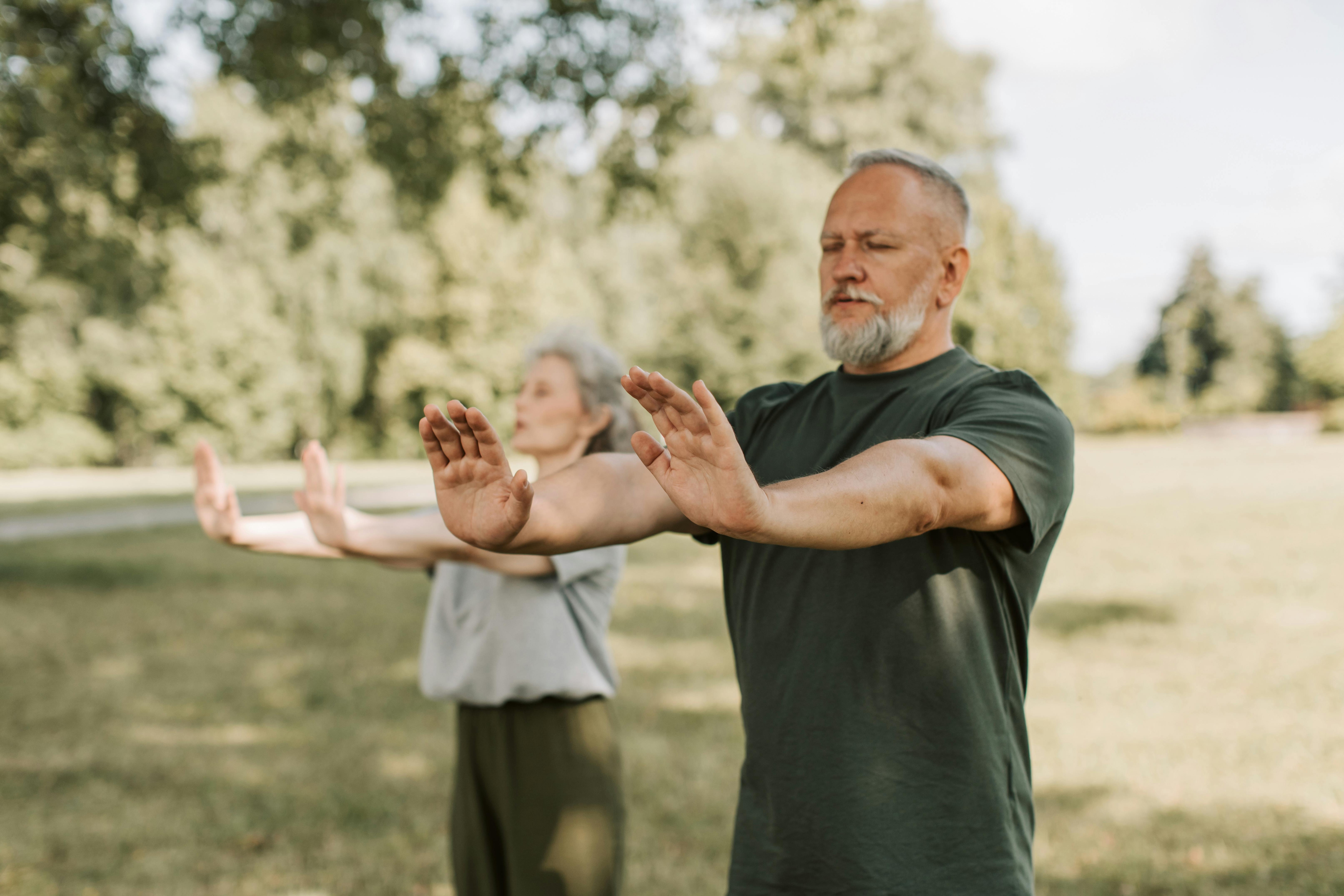Practical Senior Health Tips for Active Aging
Keeping active and attentive to health is one of the best ways seniors can sustain independence and quality of life. Regular movement, balanced nutrition, social engagement, and sensible medical oversight work together to reduce decline and support daily functioning. This article outlines practical, evidence-informed approaches to fitness and wellbeing for older adults, with guidance suitable for families and caregivers as well.

This article is for informational purposes only and should not be considered medical advice. Please consult a qualified healthcare professional for personalized guidance and treatment.
How can fitness improve senior health?
Fitness in later life helps preserve muscle mass, bone strength, balance, and cardiovascular capacity. Even modest increases in regular activity—walking, resistance bands, or chair exercises—can reduce the risk of falls and improve mood. Programs tailored to abilities and medical conditions are most effective; a fitness plan that combines aerobic, strength, balance, and flexibility work tends to provide the broadest benefits. It’s important to start slowly, track progress, and adjust intensity over time so fitness supports overall health without causing injury.
What exercise is safe for seniors?
Safety begins with a baseline assessment from a healthcare provider, especially if chronic conditions exist. Low-impact options such as walking, water aerobics, tai chi, and cycling on a stationary bike are generally gentle on joints while boosting endurance. Strength training using light weights or resistance bands two to three times per week supports muscle and bone health. Always warm up, focus on proper form, and stop exercises that produce sharp pain. When in doubt, supervised classes or working briefly with a physical therapist can help build a safe exercise habit.
How can elderly adapt workouts for mobility limits?
Adapting exercise allows people with mobility limitations to stay active and preserve function. Seated strength routines, chair yoga, and pool-based exercise minimize impact and reduce fall risk. Small changes—shorter sessions, more frequent rest breaks, or using assistive devices—can make workouts achievable. Emphasize core strength and hip/glute conditioning to enhance stability for everyday tasks like standing and climbing steps. Caregivers and therapists can help modify movements, suggest progression plans, and monitor for signs of overexertion or joint strain.
How do seniors manage chronic health and nutrition?
Many seniors live with hypertension, diabetes, arthritis, or heart disease; exercise and nutrition are central to managing these conditions. Balanced meals emphasizing vegetables, lean proteins, whole grains, healthy fats, and adequate hydration support energy and repair. Protein intake is particularly important to retain muscle mass—distribute protein across meals. Medication interactions and appetite changes can complicate nutrition, so regular review with a clinician or dietitian helps tailor recommendations. Routine monitoring and integrated care—combining medical, nutritional, and physical activity strategies—lead to safer, more sustainable outcomes.
Where to find local fitness resources and support for seniors?
Local services for seniors often include community center classes, YMCAs, senior centers, and healthcare-linked rehabilitation or wellness programs. Many areas offer age-specific group classes such as chair exercise, tai chi, and water aerobics that encourage both physical activity and social connection. Home-based options include online classes, DVDs, or guided programs from physiotherapists that can be adapted for limited mobility. When evaluating programs, look for instructors experienced with older adults and clear safety policies, and check whether a brief professional assessment is offered before joining.
Conclusion
Maintaining senior health is a balanced combination of appropriate exercise, thoughtful nutrition, medical oversight, and social engagement. Fitness routines should be tailored, starting gently and progressing with attention to pain, balance, and individual goals. For elders with mobility limits or chronic conditions, adaptions and professional guidance make activity safer and more effective. With consistent, realistic habits—regular movement, good nutrition, and preventive care—many older adults can preserve independence and enhance quality of life well into later years.






